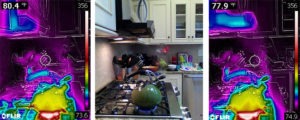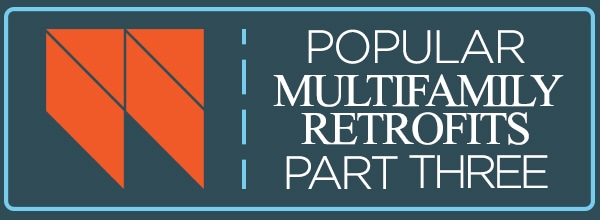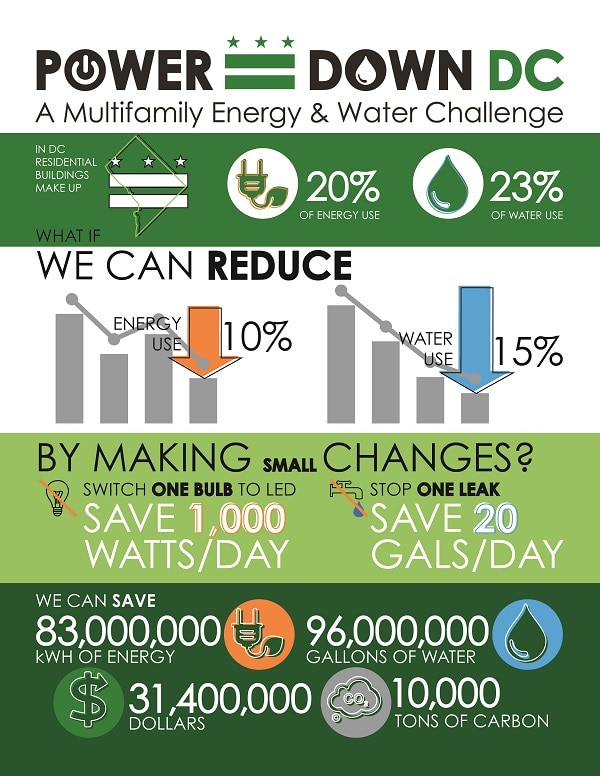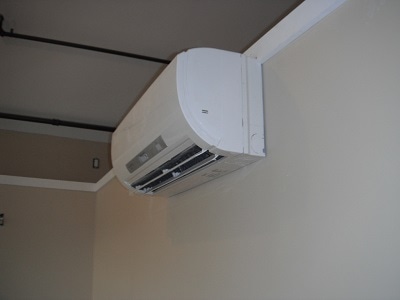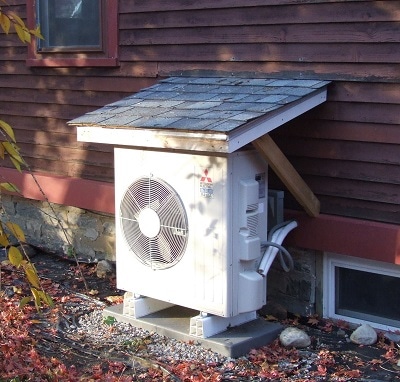In a new and exciting opportunity, we’re partnering with Energize CT, the Connecticut Technical High School System, The Connecticut Light and Power Company dba Eversource, The United Illuminating Company, and The Connecticut Business & Industry Association (CBIA) Education and Workforce Partnership to help implement Green STEP (Sustainability Technical Education Program). This program will train CT technical high school students in a construction career track in energy, water, and resource efficiency.
How Effective is that Range Hood?
Next time you are cooking, take a look at your kitchen hood. You are likely cooking on the front two burners, but your kitchen hood is not likely to extend fully over these burners. For typical exhaust fans, they do a good job of exhausting steam, contaminants, etc. from directly below them, but don’t necessarily pull all fumes that are outside the perimeter of the fan enclosure. According to Lawrence Berkeley National Laboratory (LBNL) the capture efficiency of standard hoods is typically in the range of 30-40% on front burners and can be as high as 90% on back burners. To demonstrate this, I boiled some water in a tea pot on my stove. Once steam was coming out, I pulled out an infrared camera and started to take images. Wait…you don’t have an IR camera just sitting around your home? You are missing out on hours and hours of fun with the kids. They are great for science projects.
Back to my point. I have an LG over-the-range microwave with extenda™ vent. This allows the vent area to extend out an additional ~6”. When the microwave hood (exhausted to outside) was operating on turbo mode (just over 300 cfm exhaust) and without the vent extension slid out, the majority of steam from the tea pot on the front burner was passing by the vent and going up the front of the microwave (as evidenced by moisture build up on the microwave door). And yes, I realize that I turned the spout of the tea pot outwards to more dramatically show the point I am trying to make. When the slide out vent was pulled out, the amount of steam capture increased dramatically, but there was still some moisture build up on the front edge of the vent slide out. Obviously, this is not a scientific study; it is just anecdotal evidence to further the discussion on the need to consider capture efficiency in the design of kitchen range hoods.
Air-Source Heat Pumps in Cold Climates (Part II)
A few months ago I wrote about air-source heat pumps (ASHPs) in cold climates, and I promised more info on how to select the right systems and get the best performance. Below are some things we’ve learned from our work with ASHPs in the Northeast; much of this is based on the results from a study supported by the DOE Building America program. To be clear, we’re talking about inverter-driven (variable-speed) heat pumps in residential applications during heating season. Cooling is certainly important also, but we’ve been more focused on the heating performance, especially at lower temperatures. (more…)
Popular Multifamily Retrofits, Pt III
In the first two entries of this series (Part One | Part Two), we explored advanced controls for electrically heated buildings; combined heat and power systems; upgraded atmospheric boilers and ventilation systems. For the final installment of SWA’s Favorite Multifamily Retrofits, we’ll examine the ins-and-outs of stand-alone energy storage. (more…)
Popular Multifamily Retrofits, Part II
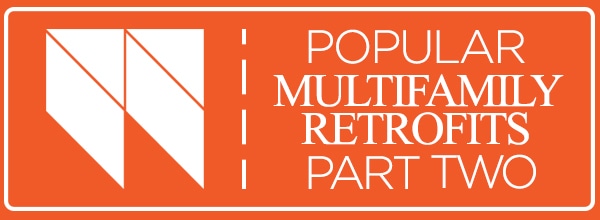
In our first entry of this three-part series, we described advanced controls for electrically heated buildings, combined heat and power systems, and upgraded atmospheric boilers. This time around, we’ll examine the ins-and-outs of exhaust ventilation in multifamily buildings. (more…)
Hotels, Motels, Reining Emissions In
I’ll save the long-winded introduction and get straight to the facts. Based on New York City’s publicly available Local Law 84 (LL84) benchmarking data for 2015, hotels emit 32% more greenhouse gas (GHG) per square foot than the average for all buildings. I also want to qualify this by making a few statements about the data:
- There are 13,973 buildings on the Department of Finance list; of which 2,353 did not comply with LL84 or are not required to comply.
- We removed the outliers. Weather-normalized source energy use intensity (EUI) over 550 and under 100 (kBtu/ft2) typically indicates erroneous data. Most likely either the building’s benchmarking activities or report filed with NYC were completed incorrectly.
- A significant portion of the list comprises the buildings with erroneous data: 4950. Seems a little crazy, no? Leaving us with a good topic for another day….
- For clarity, that means we analyzed the remaining 6,654 buildings.
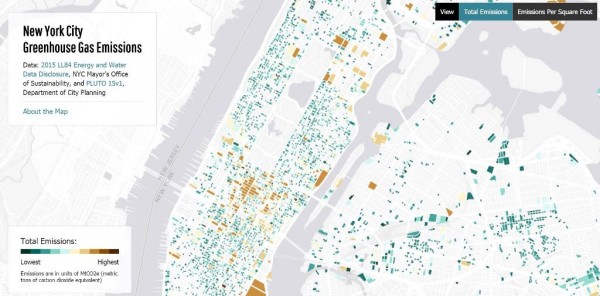
Click to View Interactive NYC GHG Emissions Map – via CityLab. Map credit: Jill Hubley
The good news – for the sake of this post – is that the hotel market had one of the higher rates of correctly reported compliance data. Out of 187 buildings, 143 reported with numbers that were in a normal range. The average for the sector however, reflects EUI and GHG emissions per square foot that are much higher than other similar building types. Multifamily buildings, for example, have an average of 42% lower GHG emissions/ft2 than hotels (see table below). (more…)
The POWER of Partnership!
In partnership with the District of Columbia’s Department of Energy & Environment (DOEE) and the Institute for Better Communities (IFBC), SWA is implementing DC’s first multifamily housing energy and water challenge.
What is the POWER DOWN DC Challenge?
POWER DOWN DC is a 4 month building-to-building, education focused competition in Washington, DC with a goal of empowering building residents and staff to change behavior and reduce overall energy and water usage. Residents compete as a building team against other apartment buildings to hit a reduction target and strive to make the greatest overall reduction.
Driving Savings through Friendly Competition
The basic concept is simple: bringing people together for friendly competition is more likely to encourage meaningful action than simply providing information about energy and water efficiency alone. By joining the competition, participants try to reduce their own energy and water use and help members of their apartment community do the same. Residents will be encouraged to make a commitment to efficiency and take simple steps every day that collectively will have a big payoff. Actions like turning off lights, fixing a leak, and taking shorter showers, multiplied across dozens of apartment units will have quick results. In DC, residential buildings make up 20% of total energy use and 23% of total water use. If all multi-family residents take action, we can save 83,000,000 kilowatt hours (KWH) of energy, 96,000,000 gallons of water, and $31, 400,000 dollars annually. Small steps = big savings.
Game Changers in Building Science
Thank you to everyone who stopped by our booth last week at Greenbuild 2015 in Washington, D.C.! By all accounts, this year’s event was a great success. In case you missed it, our fearless leader, Steven Winter, spoke at the GAF booth on Wednesday. As an architect who has been practicing building science for the past 50 years, he shared insights about some building science innovations that he thinks have been “game changers” and have intrigued him: they are changing the way we design, build and operate buildings.
Here are the highlights:
Heat Pumps Are Taking Over
Air-source heat pumps are a booming business. In the Northeast, manufacturers report that sales of residential systems have increased by 25-35% per year over the past 5-10 years. We’ve seen more and more systems being installed in existing homes (to provide cooling while offsetting oil or propane used for heating) and into new homes (often as the sole source of heating and cooling).
We’ve looked into these systems often, and from many perspectives. I’m planning a series of posts, but, for now, here are the answers to some basic questions we receive from clients.
First, the basics: What is an air-source heat pump (ASHP)?
It’s an air conditioner that can operate in reverse. During the summer, it moves heat from indoors to outdoors. In the winter, it moves heat from outdoors to indoors. We helped NEEP (the Northeast Energy Efficiency Partnerships) to put together a market assessment and strategy report on ASHPs. The early sections in this document (see p. 12) outline the different terms and types of heat pumps (ducted/ductless, split/packaged, mini-split, multi-split, central, etc.) Unfortunately, different people can use the same term to mean different things, but hopefully the NEEP Northeast/Mid-Atlantic Air-Source Heat Pump Strategies Report can help clarify things.
When Did Building Science Become Energy Efficiency?
If nothing else, people are adaptable. While something might be an annoyance at first, we often figure out a way to manage it and move on. Unfortunately, we all too often do this when it comes to our greatest life investment…our homes. Whether an existing or new home, we almost always are not comfortable in our home or at least portions of our home. One, several, or even the entire home may never be at desirable conditions, but we learn to cope with it by putting on layers of clothing or adding small electric heaters to cold spaces, or supplemental fans in hot ones. So we are not comfortable as we allow our conditioned air to easily escape our homes and our utility bills continue to be high. The simple question is…why?
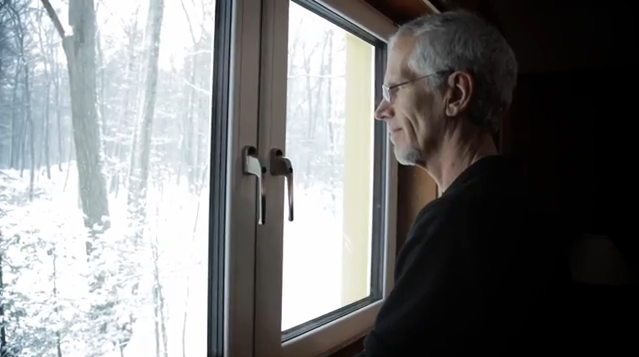
“People have all sorts of misconceptions about the sacrifices that they feel they have to make in high performance homes and it is completely untrue. It is exactly the opposite. The even temperatures, the lack of drafts, the feeling of warmth, comfort, and right levels of humidity and fresh air…they are unrivaled. Comfort is something you have never experienced properly in a home until you have a high performance home.” – Michael Trolle, BPC Green Builders
(Source: CT Zero Energy Challenge 2012)

